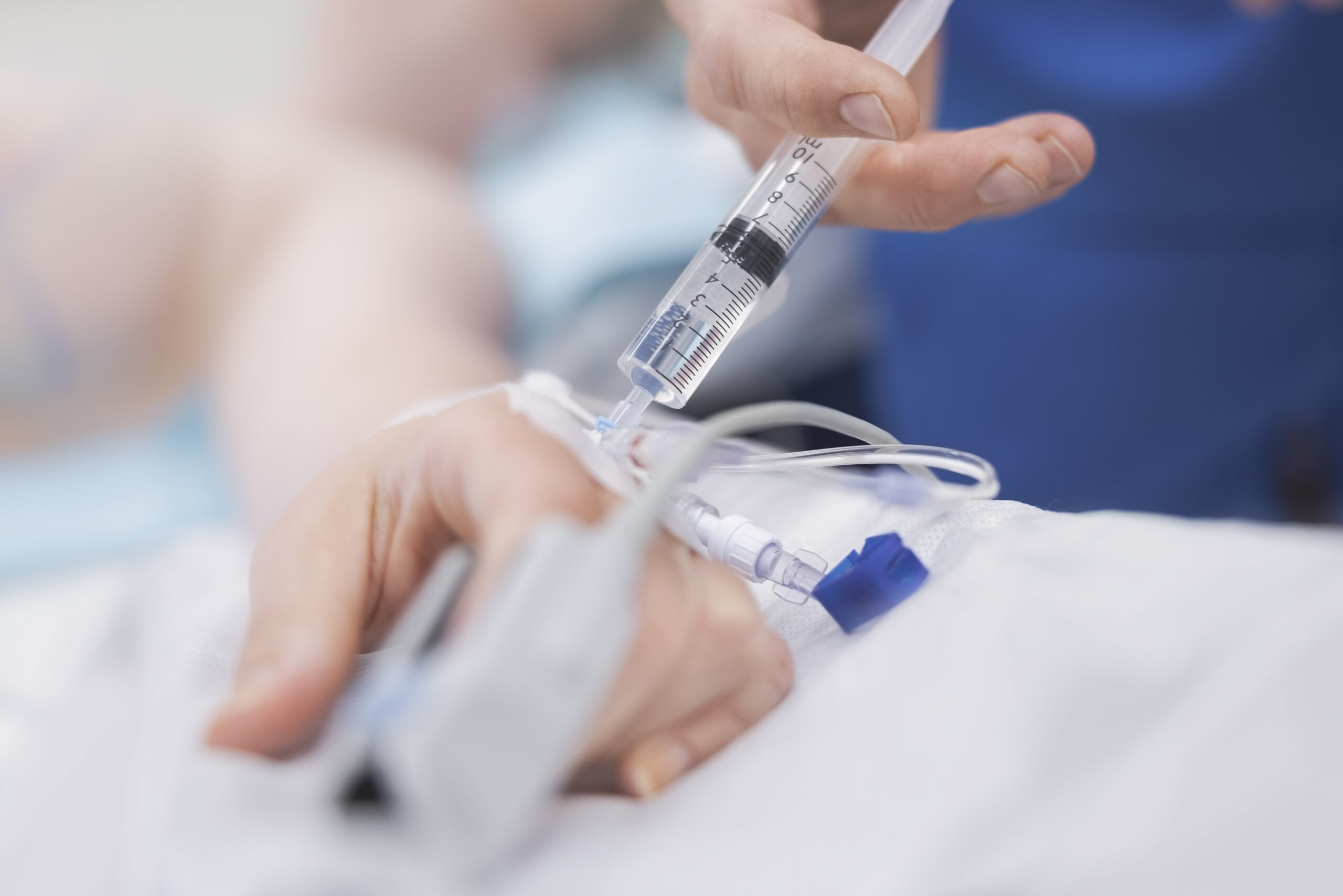Contrast media allergies are a critical consideration in the realm of interventional pain management procedures. These procedures often rely on imaging techniques that use contrast agents to improve the visibility of body structures. While contrast media are invaluable for accurate diagnosis and treatment, they also pose the risk of allergic reactions in some patients, ranging from mild to severe.
Contrast media, or contrast agents, are substances used in medical imaging to enhance the contrast of structures or fluids within the body. These agents are particularly useful in procedures like angiography, computed tomography (CT) scans, and magnetic resonance imaging (MRI). However, some patients may develop an allergic reaction to these substances. These allergic reactions can vary widely in severity, from minor irritations such as itching and hives to life-threatening conditions like anaphylactic shock.
The incidence of allergic reactions to contrast media is relatively low, but it is a serious concern when it occurs. The reactions are generally classified into two types: immediate and non-immediate. Immediate reactions typically occur within an hour of exposure and can include symptoms such as urticaria, angioedema, and anaphylaxis. Non-immediate reactions, on the other hand, may arise hours to days after exposure, presenting as rash, fever, or arthralgia.
Certain factors can increase the risk of contrast media allergies. These include a history of previous allergic reactions to contrast media, a history of other allergies or asthma, and certain heart and kidney diseases. Patients with a known allergy to iodine, which is a component in many contrast agents, are also at higher risk.
A thorough pre-procedural assessment is essential to identify patients at risk of contrast media allergies. This includes a detailed medical history focusing on previous exposure to contrast agents, known allergies, and any relevant comorbid conditions. If a patient has a history of contrast media allergy, further evaluation and preparation are necessary before proceeding with the procedure.
For patients with a known contrast media allergy, premedication can be a vital strategy. This typically involves administering antihistamines and corticosteroids before the procedure. The goal of premedication is to reduce the severity of allergic reactions or to prevent them altogether. The specific regimen can vary, but it usually includes a combination of these drugs taken several hours before the administration of the contrast agent.
In cases where a patient has a severe allergy, alternative contrast agents may be considered. Non-ionic, low-osmolar contrast media are often used because they tend to cause fewer allergic reactions compared to the older, ionic high-osmolar contrast agents. In some scenarios, contrast media may be entirely avoided, depending on the nature of the procedure and the available imaging alternatives.
Despite precautions, allergic reactions can still occur. It is crucial for healthcare facilities to have protocols in place for the rapid recognition and management of these reactions. This includes having emergency resuscitation equipment and medications readily available. Personnel involved in the procedure should be trained in recognizing the signs of an allergic reaction and in providing immediate care.
After the procedure, patients should be monitored for any delayed reactions. They should also be educated about the potential signs of an allergic reaction and instructed to seek medical attention if they experience symptoms after leaving the healthcare facility.
Contrast media allergies are a potential risk in interventional pain management procedures that require careful consideration. Through a combination of thorough pre-procedural assessment, appropriate use of premedication, availability of alternative contrast agents, and preparedness for emergency management, the risks associated with these allergies can be significantly reduced. This multi-faceted approach ensures that patients undergoing procedures involving contrast media receive the safest and most effective care possible.
